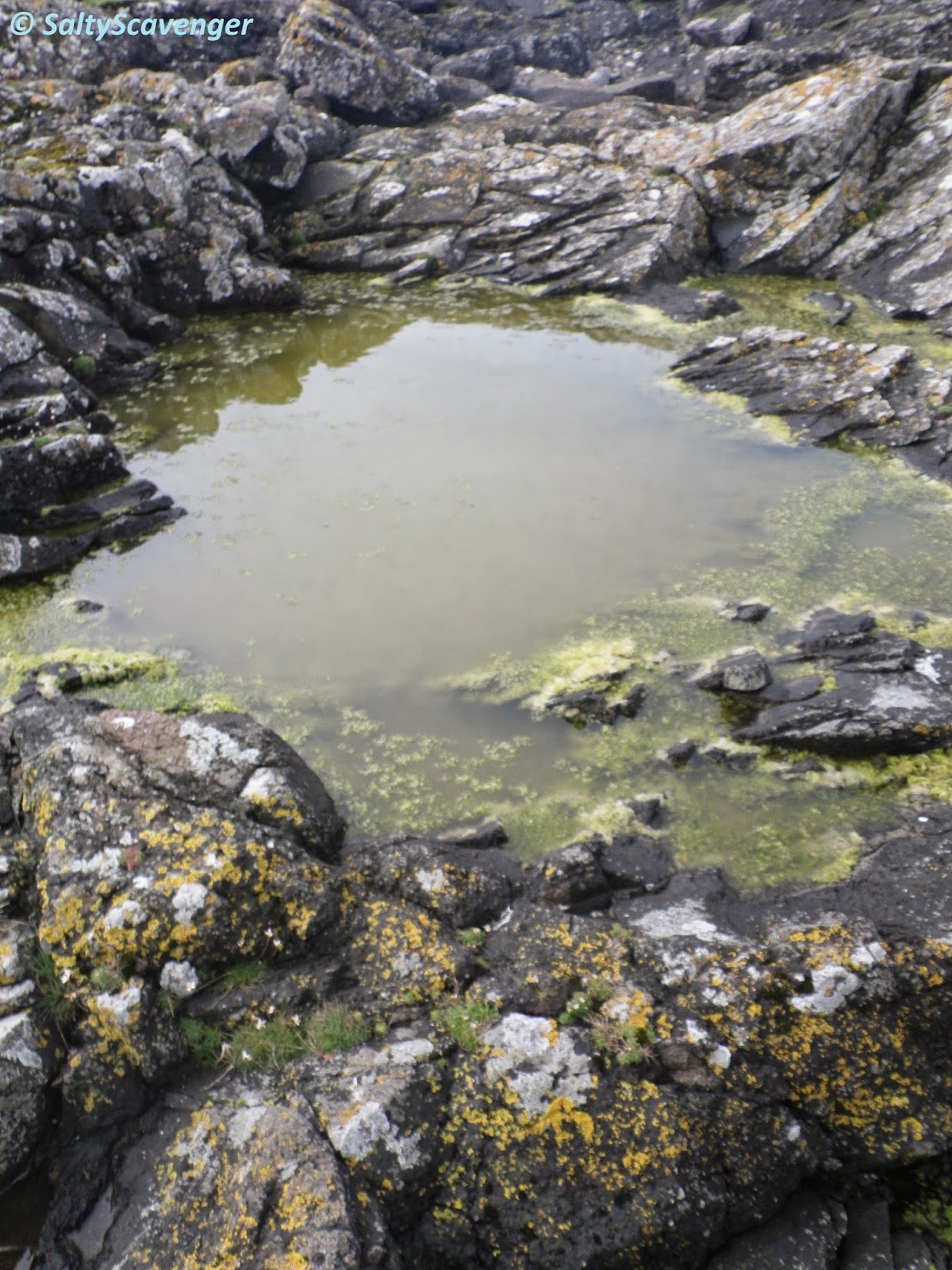The
large South-Westerly facing sandy bay is flanked by rocky headlands and is
relatively barren of life. That which does occur is concentrated around the
strandline.
Habitat
classification:
Substrate
|
LS (Littoral substrate)
|
|
Habitat
|
LS.LSa (Littoral sand)
|
|
Biotope complex
|
LS.LSa.Mo.Sa(Barren and amphipod dominated mobile
sand shores)
|
LS.LSa.St (Strandline)
|
Biotope:
|
LS.Lsa.St.Tal (Talitrids on the upper shore and
strand-line)
|
|
Below
are images of some of the organisms you may encounter in this habitat:
.JPG) |
Clean mobile sand with amphipod
burrows extend over vast expanses of the shore. Habitat classification: LS.LSa.Mo.Sa(Barren
and amphipod dominated mobile sand shores).
|
.JPG) |
During the autumn migration many wades
come to feed on sandy shores and amongst strandlines. Here the evidence of such
feeding can be seen.
|
.JPG) |
| Fresh seaweed and jelly fish are washed up to form the strandline, among which the burrows of talitrids occur. Habitat classification: LS.Lsa.St.Tal (Talitrids on the upper shore and strand-line). |
 |
| Jelly fish are washed up in the strandline during the summer months. |
 |
| Strong waves wash up kelp (Laminaria sp) from the subtidal; on the kelps stipe and holdfast is a community of epiphytic organisms, including bivalves, red seaweeds, bryozoans and polychaetes. |
 |
Laminaria sp with a stipe covered by a variety
of red seaweeds.
|
 |
Laminaria sp with a stipe covered by a variety
of red seaweeds and bryozoans.
|
 |
| Furbellows (Saccorhiza polyschides) |
 |
| Sugar kelp (Saccharina latissima) |
 |
| Thong weed (Himanthalia elongata) |
 |
| Egg wrack (Ascophyllum nodosum) covered in bryozoa, blue common mussels (Mytilus edulis). |
 |
| Egg wrack (Ascophyllum nodosum) covered in bryozoa, blue common mussels (Mytilus edulis). |
 |
| Egg wrack (Ascophyllum nodosum) covered in bryozoa, blue common mussels (Mytilus edulis). |
 |
| Egg wrack (Ascophyllum nodosum) covered in bryozoa. |
 |
| Egg wrack (Ascophyllum nodosum) covered in bryozoan with a goose barnacle. |





















.JPG)












